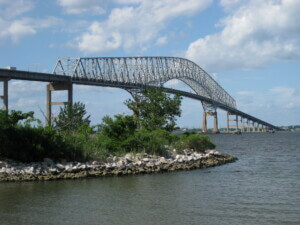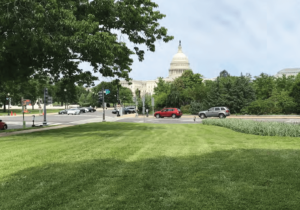As plans move forward for a high-speed magnetic levitation (maglev) train line between Baltimore and Washington, D.C., an increasing number of small towns are banding together to fight the railway, which spans 40 miles and would provide service between two major business districts in 15 minutes.
The towns are scattered across Anne Arundel and Prince George’s counties in the direct path of maglev project construction. The Baltimore–D.C. segment is the first step in a proposal to eventually provide high-speed rail service between Washington and New York. Pushback has increased as the 20-year planning phase of the project has moved to its next steps: An environmental impact statement draft is expected in early 2020, according to The Washington Post. Although the train will run 75 percent underground at depths of 80- to-200 feet, residents between the two cities would bear the brunt of the construction, in close proximity to their homes without much payoff in return—the train, which stops only in Washington, Baltimore, and at the Baltimore-Washington International Airport, would be of little use to those living in these small communities.
Residents of Greenbelt, Maryland, have been some of the most vocal opponents of the project and formally denounced the proposal for the high-speed train two years ago. Now, the city of 23,000 is requesting legal counsel to aid its effort to halt the maglev route, sparking a debate over NIMBY mentality and the grassroots efforts to protect communities. Amanda Kolson Hurley, a journalist on urbanism who profiled Greenbelt’s history in her book, Radical Suburbs: Experimental Living on the Fringes of the American City, offered insight via Twitter: “We really screwed up by not building more subway & light-rail lines already. Greenbelt residents are not wrong to say they will bear the inconvenience while the main benefits go to DC and Baltimore… Greenbelt got carved up by the BW Parkway & Beltway, so there’s a history of being imposed on by big transpo projects.”
Support for the high-speed rail project, however, comes from its potential to ease regional traffic congestion and create thousands of jobs. The railway is backed by Maryland’s Governor Larry Hogan, and impact studies were aided by a $28 million federal grant. Pending the release of the environmental impact report and final approval, construction could begin as soon as next year.











